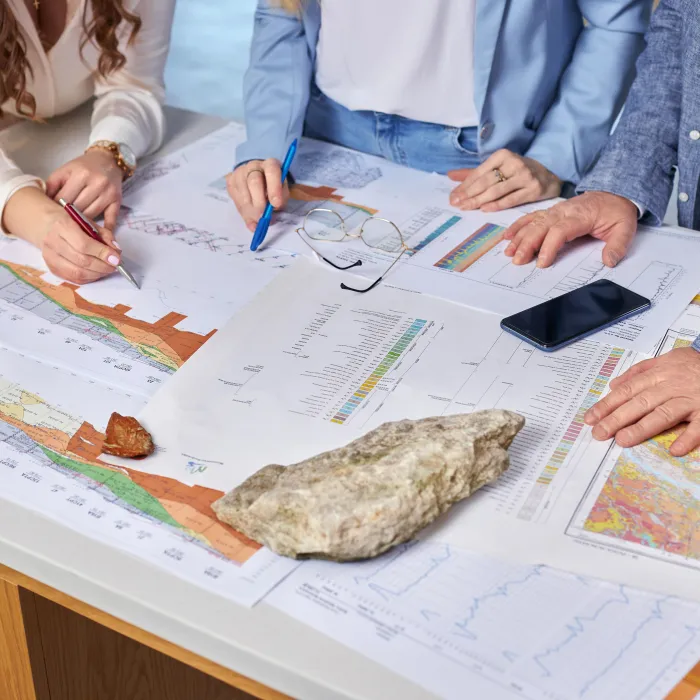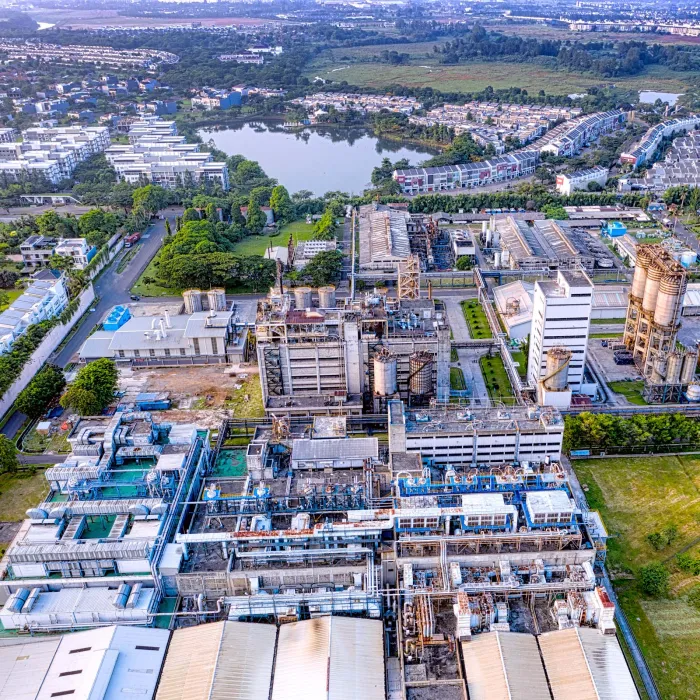Environmental audits
Environmental audits
Environmental audit is a service for investors which is performed before purchasing a plot in order to estimate the risk associated with its purchase and development. Environmental audits provide essential information that can affect investor's decisions.
An environmental audit is a process of assessing potential ecological threats in a given land. An assessment may reveal significant issues such as the presence of contaminants that require remediation. Most often, such audits are performed for all major investments to ensure their informed planning and successful implementation. The tests performed as part of the audit show whether a given area is contaminated and allow to estimate remediation costs, among other benefits.


Expertise in environmental audits since 1990
We have specialized in advanced environmental audits for over three decades. Our history dates back to 1990, when we started working in this field. Since then, we have not only gained valuable knowledge and experience, but more importantly, we have built a team of dedicated professionals who are passionate about their work.
Under the leadership of Krzysztof Traczyński and Michał Grela, experts with over 30 years of experience in the geotechnical industry, we have implemented projects for leading construction companies in Poland and cooperated with hundreds of individual clients.
Our experience and expertise allow us to provide top-notch environmental auditing services and to meet the individual needs of each client.
Expertise
nearly 10000 completed projects
Experience
30+ years in the industry
Team
30+ consultants
Quality
4000+ environmental samples tested per year

Methods of carrying out an environmental audit
We perform an environmental audit by reviewing available materials related to the property and analyzing results of the field visit. For a precise assessment of the examined area, we are the only company in Poland that performs photogrammetric surveys. We test soil and water samples collected in the field in accredited laboratories. We also provide accredited sampling.
Then, a report with the audit results is prepared, which includes an assessment of the environmental condition, identification of problems and risks, as well as recommendations for corrective and preventive actions.
Order an environmental audit
To order an environmental audit, contact us by phone or e-mail.
Order an audit